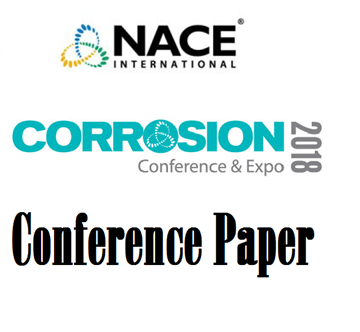Search
11178 Pipeline Condition Assessment – Locating, Diagnosing, and Mitigating Corrosion Damage
Also Purchased
51318-11064-Application of Indirect Condition Assessment Techniques for Buried Water Pipelines: A Case Study
Product Number:
51318-11064-SG
Publication Date:
2018
$20.00
11179 A Regulatory Analysis and Perspective Regarding Leaks from Buried and Underground Piping at Nuclear Power Plants
Product Number:
51300-11179-SG
ISBN:
11179 2011 CP
Publication Date:
2011
$20.00
03191 Pipeline Integrity & Direct Assessment
Product Number:
51300-03191-SG
ISBN:
03191 2003 CP
$20.00




